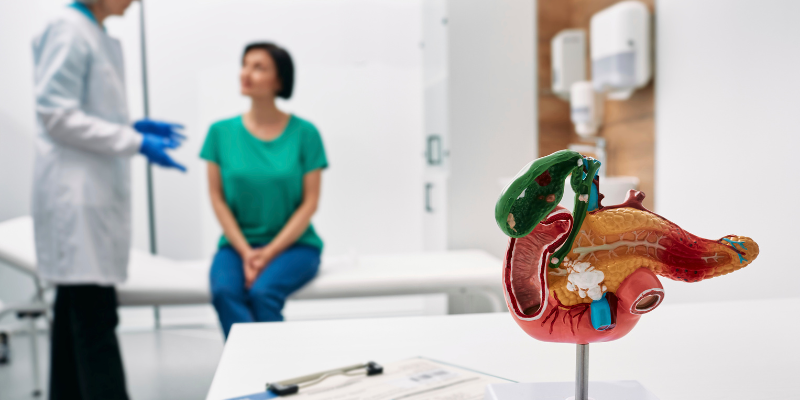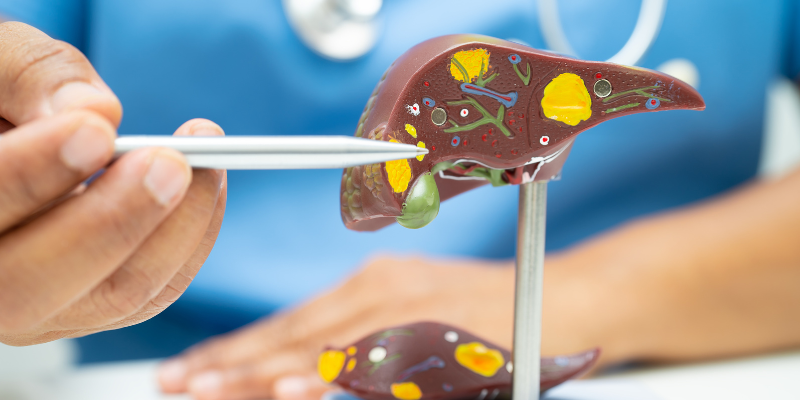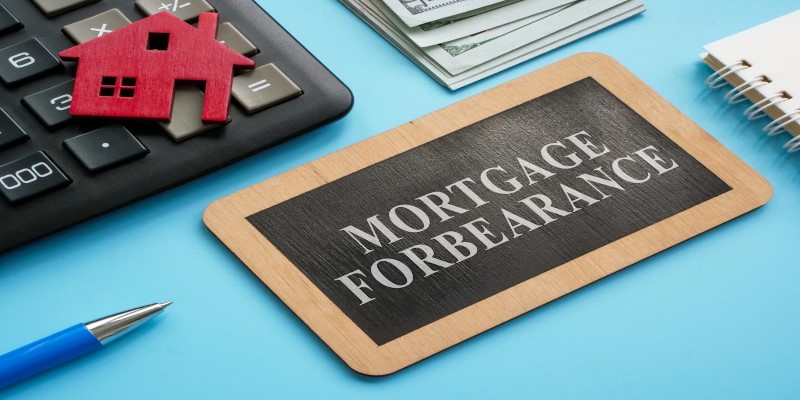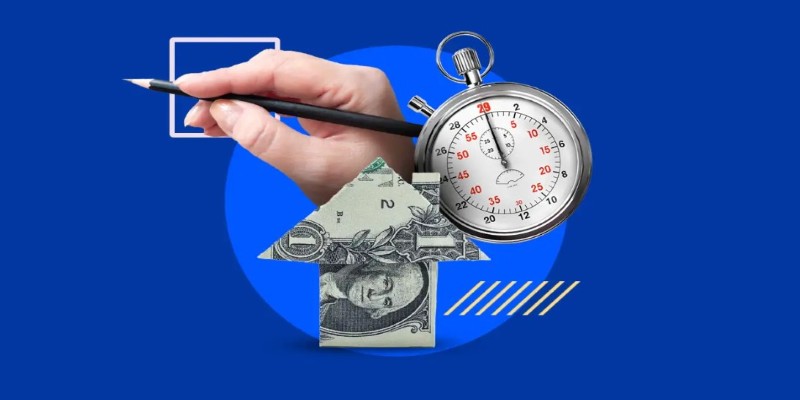Gallstones are solid masses from hardened deposits that accumulate in the gallbladder. In most cases, individuals do not have noticeable symptoms in the lower stages. However, gallstones can create a serious condition when they shift and obstruct the bile ducts, which will result in various types of discomfort related to or associated with gallstones. Recognizing the warning signs of gallstones, such as sharp pain in the abdominal area, gastrointestinal issues, or jaundice, is essential to receive a timely diagnosis and treatment. If gallstones are not treated, they may cause severe complications in the form of infections in the gallbladder or problems related to your liver.
This article will build on the article to express various signs and symptoms of gallstones to help you know when it is time to reach out to your physician.

Abdominal Pain
Sudden and severe abdominal pain, also referred to as biliary colic, is the most frequent symptom of gallstones. This severe pain typically occurs in the upper right quadrant of the abdomen, below the ribcage, and radiates to the back or the right shoulder. The pain tends to occur after meals, particularly after consuming fatty or rich foods. Pain attacks range from 30 minutes to a few hours and can be severe to mild. In most instances, the attack will come on suddenly and unpredictably, and individuals may not be able to identify its cause without a medical assessment.
Major points:
- Sudden upper right abdominal pain
- Pain might radiate to the back or shoulder
- Usually precipitated by ingestion of fatty foods
- Scales from 30 minutes to hours
Nausea and Vomiting
Gallstones frequently disrupt digestion, causing nausea and vomiting. These symptoms are typically experienced after meals, especially with fatty or greasy foods, which can cause the gallbladder to contract. When a stone obstructs the bile duct, bile is unable to drain properly, resulting in digestive distress. Chronic nausea and vomiting may be associated with attacks of gallstones, leaving patients weak and uncomfortable. Frequent vomiting can sometimes result in dehydration, which must be treated medically. Eventually, undiagnosed gallstone problems can cause eating to become problematic, leading to a decreased appetite and unintentional weight loss.
Key points:
- Nausea after eating
- Frequent vomiting
- Decreased appetite and potential weight loss
- Risk of dehydration
Bloating & Indigestion
When gallstones block the bile ducts, preventing the flow of bile, many people suffer from digestive inefficiencies. This can lead to agitation after meals, characterized by feelings of fullness, excessive gas, or a heavy stomach feeling after consuming a small amount of food. Many others individuate indigestion based on belching, heartburn, and not uncommon abdominal cramps. Chronic indigestion from gallstones can impair life choices, related mostly to the weekly frequency of symptoms. If you experience bloating after meals and notice trouble digesting food, it is likely warranted further evaluation related to the originally demonstrated gallstones.
Important points:
- Regularly feeling bloated after meals
- Gas and/or stomach cramps
- Difficulty digesting food, primarily fatty foods
- Heartburn and belching
Jaundice
Jaundice is a more severe gallstone symptom, which indicates that a stone is likely blocking the common bile duct. This blockage causes bile to back up in the bloodstream, resulting in the yellowing of the skin and the whites of the eyes. Oftentimes, jaundice would present with dark urine, pale stools, and discomforting itching. Jaundice is indicative of a severe case of gallstones and should be regarded as an urgent matter. Waiving treatment options can lead to the infection of the bile duct and possible liver damage.
Key points:
- Yellowing of the skin and eyes
- Dark urine
- Pale or clay stools
- Itching
Alteration in Stool and Urine Color
Obstructed bile ducts make bile unable to travel to the intestines, and hence, there are quite apparent alterations in stool and urine color. The stools become pale, clay-colored, or greasy because bile is absent, while the urine becomes dark brown or tea-colored because of elevated bilirubin content. Other complaints, such as jaundice and abdominal pain, usually accompany such alterations. If you notice ongoing changes in the color of your stool or urine, particularly together with other gallstone symptoms, it is significant that you get a medical assessment quickly.
Important points:
- Light or pale stools
- Dark or tea-colored urine
- Greasy or floating stools
- Tendency associated with jaundice

Heartburn and Acid Reflux
Certain patients with gallstones have heartburn or acid reflux-type symptoms. This is due to a backup of bile into the stomach or esophagus, which creates a burning in the chest or throat. Discomfort typically worsens after eating, especially on lying down. In addition to these symptoms, patients may experience a sour or bitter taste in their mouth, excessive belching, and difficulty swallowing. Although the symptoms can be similar to those of usual acid reflux, their long-standing nature may indicate gallbladder conditions rather than ordinary digestive disorders.
Key points
- Burning feeling in chest or throat
- Sour or bitter taste after eating
- Excessive belching
- Worsened when reclining
Fever and chills
If gallstones cause infection or inflammation of the gallbladder (cholecystitis), you may develop fever and chills. This may occur in conjunction with worsening abdominal pain and tenderness. The fever may occur at a low grade or may be relatively high, depending on the severity of the infection. The patient may also experience increased fatigue, general weakness, and, in severe cases, a rapid heart rate. Medical intervention should be sought immediately; untreated infections can develop into life-threatening conditions such as sepsis or gallbladder rupture.
Conclusion:
Gallstones can cause a wide variety of symptoms, ranging from mild discomfort to serious health issues. Common symptoms of gallstones include abdominal pain, nausea, bloating, jaundice, and fever, but many other symptoms are possible. Identifying these symptoms early on allows for immediate evaluation by your physician, which can help prevent further complications and help determine appropriate treatment. Gallstones, when identified, can usually be managed by modifying eating habits, using medication, or undergoing surgery. Suppose you or a friend are experiencing any of these symptoms. In that case, it is essential to consult a family doctor for a thorough assessment and personalized care tailored to your individual needs.












